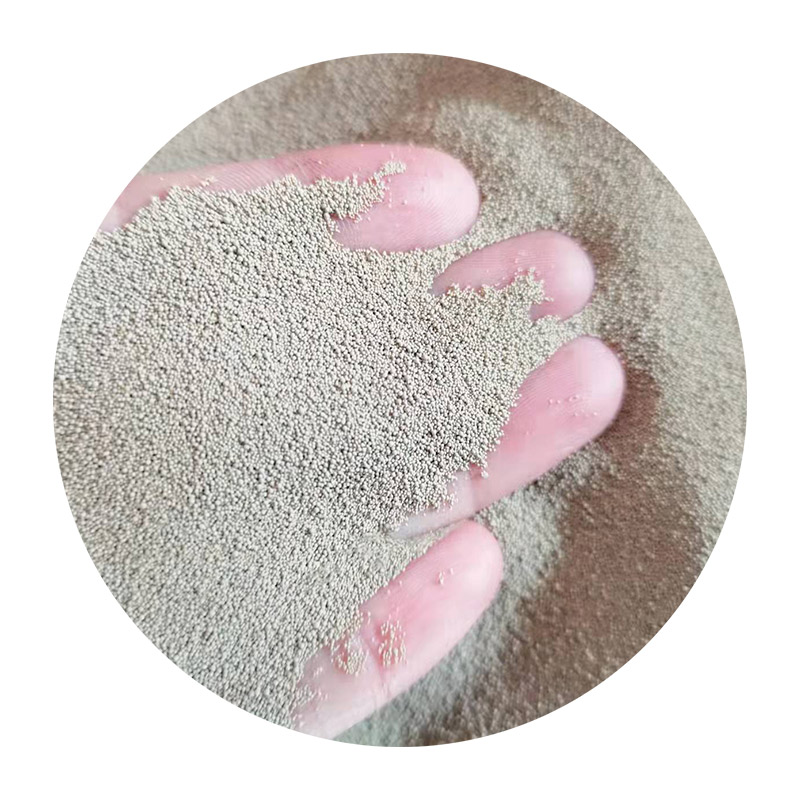Understanding the Process and Benefits of Buying Sand Casting
Sand casting, one of the oldest and most widely used manufacturing processes, plays a crucial role in various industries today. It is primarily utilized for creating intricate metal parts, and understanding its components and advantages can offer valuable insights to businesses looking to procure these casts.
At its core, sand casting involves creating a mold from sand, followed by pouring molten metal into the cavity formed by the mold. Once the metal cools and solidifies, the mold is removed to reveal the final product. The versatility of this process allows for the production of large components or small intricate parts, making it a go-to choice in sectors such as automotive, aerospace, and machinery manufacturing.
The Buying Process of Sand Castings
When it comes to acquiring sand castings, there are several critical steps to consider
1. Identify Needs Businesses must first define the specifications of the parts they require. This includes understanding the dimensions, tolerances, and type of metal needed. Different metals, such as aluminum, iron, or brass, can affect the performance and cost of the final product.
2. Choose a Manufacturer Selecting the right manufacturer is vital for quality assurance. Companies should look for suppliers with a proven track record, positive reviews, and relevant certifications. It’s beneficial to assess previous work and discuss manufacturing capabilities to ensure they can meet the specific requirements of the project.
3. Request Quotes After compiling a list of potential manufacturers, the next step is to request quotes. This should include comprehensive details about the parts, material, and any other specifications. A thorough comparison will help in finding the best balance between cost and quality.
4. Prototype Development Before placing a large order, many businesses opt for the development of a prototype. This allows for adjustments in design and specifications, ensuring that the final product meets the desired standards.
buy sand casting

5. Production and Quality Control Once the prototype is approved, production can begin. It’s essential to establish quality control measures to monitor the casting process. Regular inspections can prevent defects and ensure that the final products comply with the required standards.
Benefits of Sand Casting
Buying sand castings comes with numerous advantages
1. Cost-Effectiveness The materials used in sand casting are relatively inexpensive, and the process itself is efficient, particularly for short production runs. This reduces overall manufacturing costs, making it an attractive option for many businesses.
2. Design Flexibility Sand casting allows for a wide range of shapes and sizes. Its flexibility in design can accommodate complex geometries that may be challenging for other manufacturing methods.
3. Large Production Volumes Although sand casting is ideal for small to medium production runs, it can also accommodate larger quantities. This scalability makes it suitable for various project sizes, from prototypes to mass production.
4. Material Variety The process can work with a wide array of metals, providing manufacturers the options needed to select materials that best fit their performance and aesthetic requirements.
5. Environmentally Friendly Modern sand casting techniques often utilize recyclable materials, such as sand and metal, making it a more sustainable option when conducted responsibly.
In conclusion, understanding the sand casting process and its benefits is essential for businesses looking to buy castings. From careful planning and selecting the right manufacturer to embracing the advantages of this versatile method, companies can leverage sand casting to enhance their production capabilities and achieve their manufacturing goals.
Post time:নভে. . 12, 2024 01:12
Next:3d printing sand
